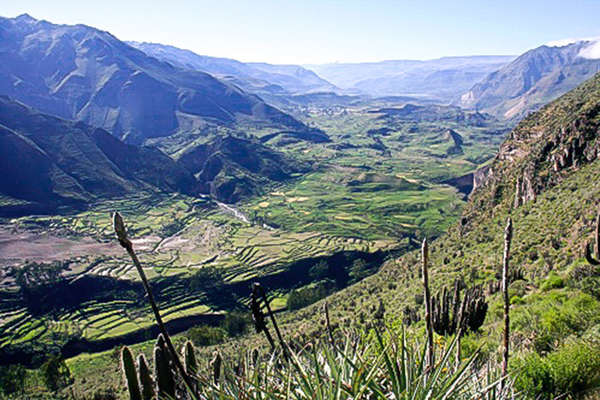
From the horse’s mouth
All trips
No matches
Visa & Health
Formalities
Addresses of consulates
- Paris | Ambassade du Pérou50, avenue Kléber75116 ParisTél. : 01.53.70.42.00Fax :perou.ambassade@amb-perou.fr
- Embassy of Peru52 Sloane StreetSW1X 9SP LondonTél. : +44 (0) 20 7235 1917Fax : +44 (0) 20 7235 4463postmaster@peruembassy-uk.com
- Ambassade de France au PérouAvenida Arequipa 3415 San Isidro27 LimaTél. : +51 (1) 215 84 00Fax :france-chancellerie@ambafrance-pe.org
Health
Insurance
Voltage
Budget and money
Telephone and jetlag
Country information
Country ID
Socio-economical data
History
Geography
People, culture and traditions
Choosing the right riding holiday
Choosing the right riding holiday
One of the highlights of a horse riding holiday in Peru is the Peruvian Paso horse. Native to Peru, these horses are direct descendents of the Spanish horses brought over by Christopher Colombus and the Conquistadors. Due to their isolation within the Andean mountains they are considered to be one of the purest breeds in the world.
The trademark of the Peruvian Paso is its special gait - the Paso Llano. A four beat, lateral gait similar to the Icelandic gait, the Paso Llano has a distinctive action where the forelegs are rolled outwards as the horse moves forwards. Called Termino this action is natural and originates from the shoulder, allowing the horse to swing the leg forwards out of the way of the hind legs.This harmonic motion makes the paso llano a very smooth gait and the Peruvian Paso has been described as the cadillac of horses.
Peruvian breeders believe that great horses are born and not trained - training simply brings out the animals inherent ability. In order to ensure that horses show only their true and natural gaits, without modification, no horse is allowed in a Peruvian show ring wearing shoes or with hooves longer than 4 inches.
Peruvian Paso's are 14hh - 15.3hh high and are high-spirited but easy to handle. They have a sparkling action whilst remaining smooth and sure footed. They have a refined but powerful build and can be found in all whole colours such as bay, chestnut and grey.







